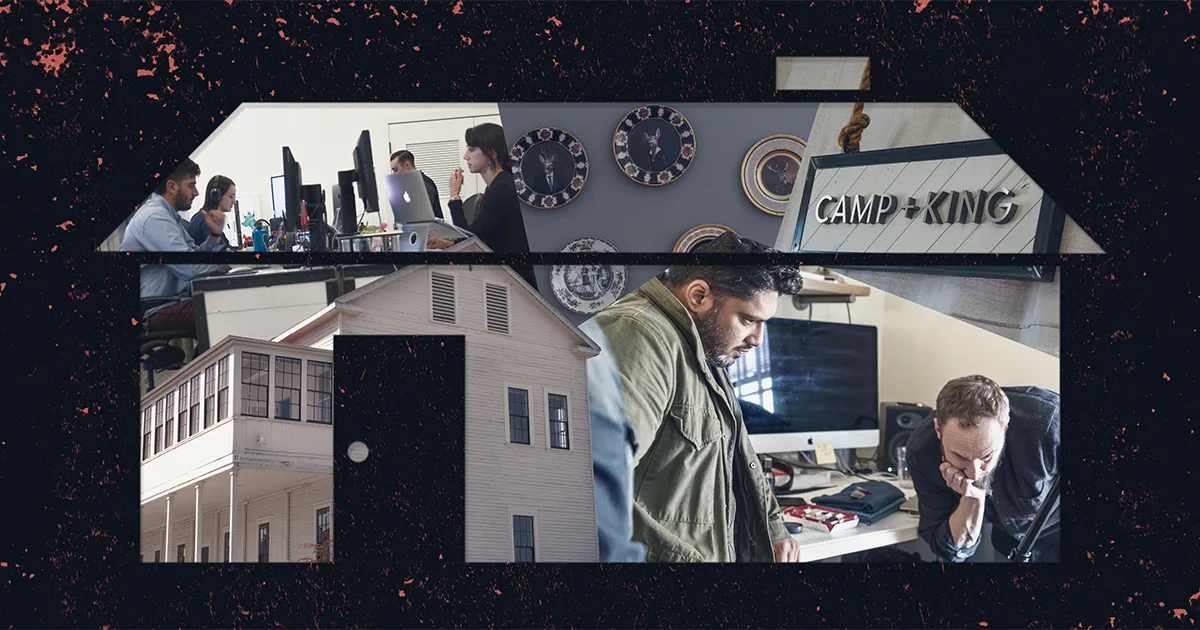If you watch the Great British Baking Show, then you’ve probably learned a few things about baking. Like, don’t overwork the dough. Taste is more important than looks. And whatever you do, don’t underbake it. The series, known as The Great British Bake Off in the UK, is filled with kitchen wisdom.
With 100+ episodes and counting, it’s also a binge watcher’s ticket. Now in its 11th year, the series is so popular that it has spawned a string of spinoffs, including The Great British Sewing Bee and The Great Pottery Throw Down. There’s also Haute Dog, where groomers compete to style the best doggy hairdos.
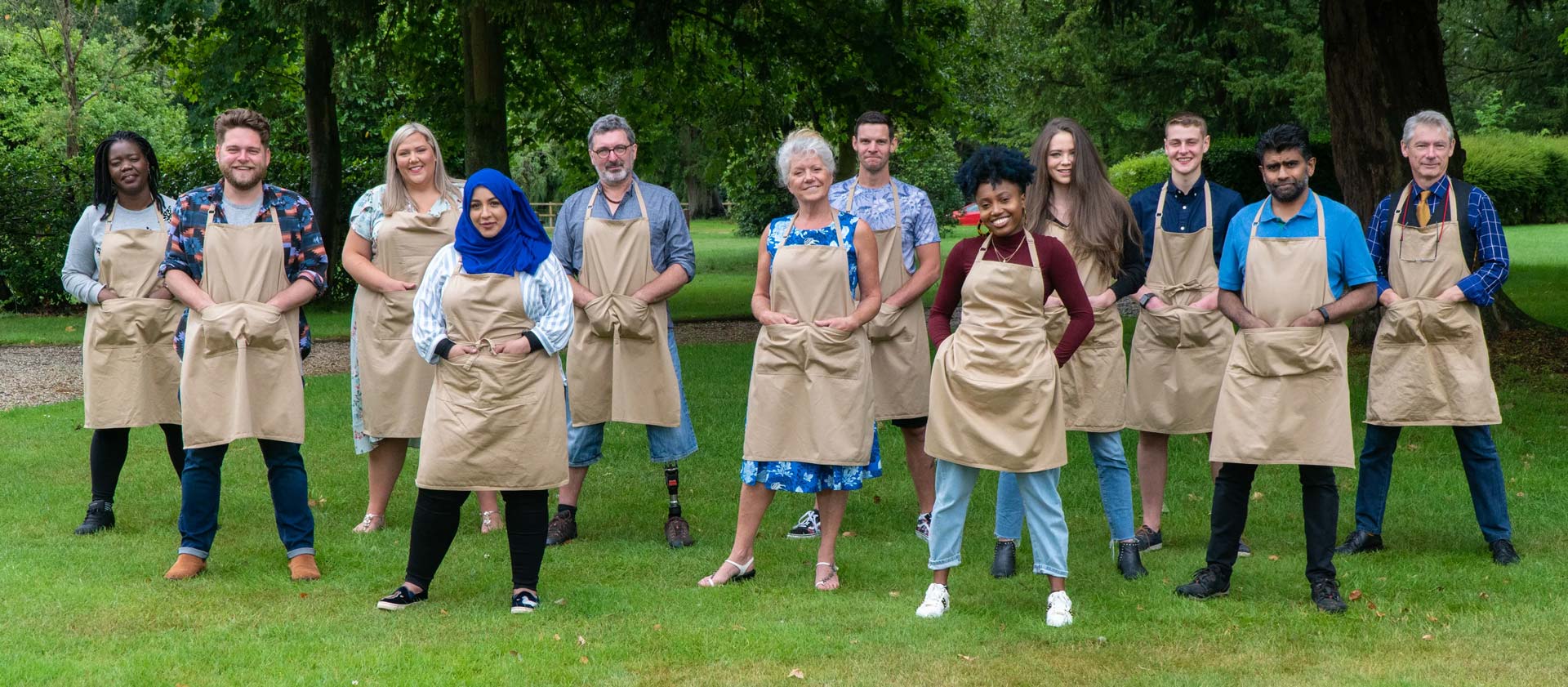
If you don’t follow the series, the premise is simple. Every week, a group of amateur bakers compete in three challenges. The judges select a weekly winner, called the ‘Star Baker,’ and they also eliminate a contestant. In the final episode, the remaining bakers compete to be crowned the UK’s ‘Best Amateur Baker.’ In addition to baking, there’s funny banter, plenty of b-roll, and just the right amount of tension to keep you glued to the screen.
Every baking challenge starts with a brief
Watching the show, you might notice similarities between the baking challenges, and making creative work at an agency. For example, the beginning of every challenge starts with a brief. A brief might say, “Make 24 yeasted buns.”
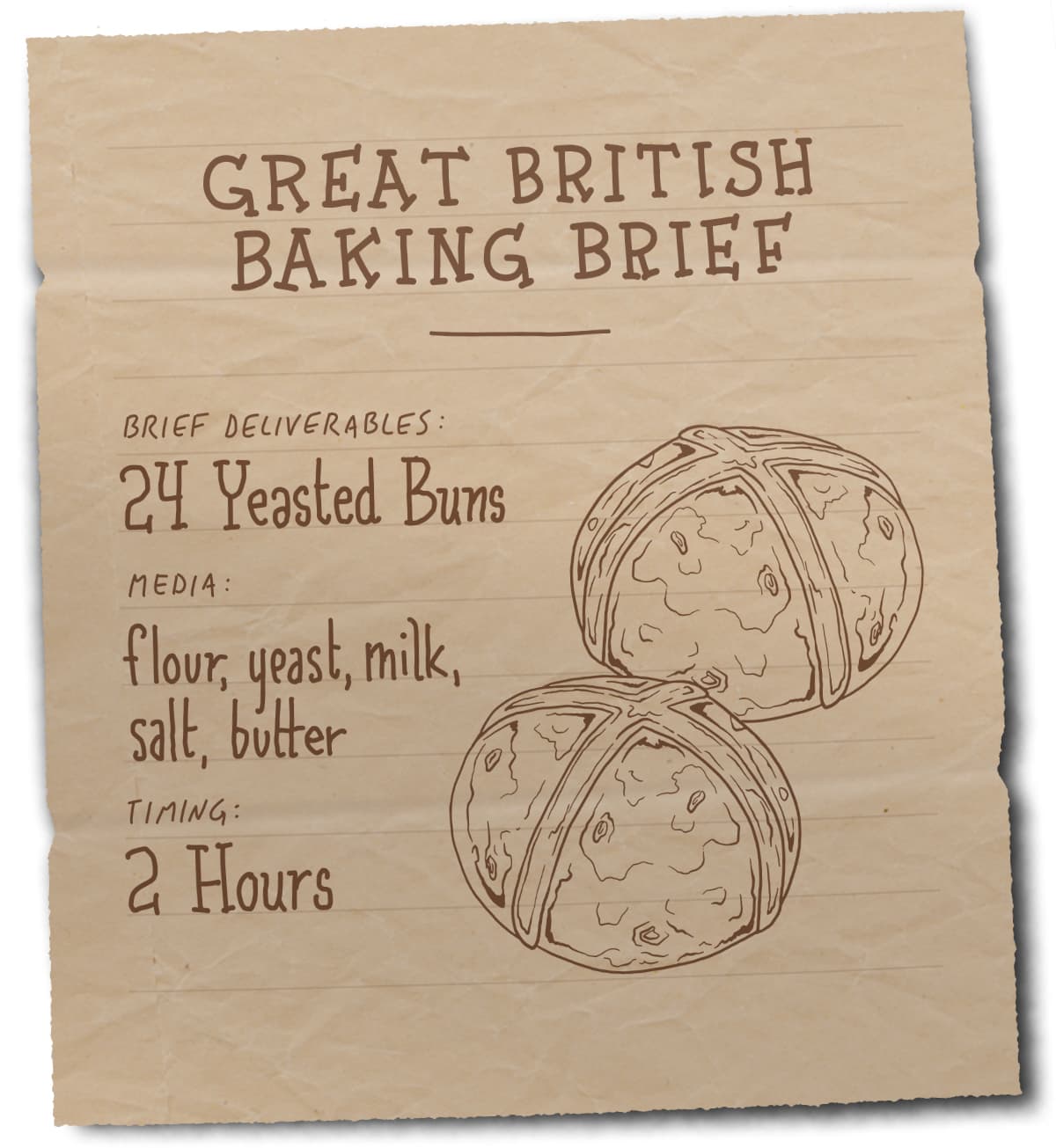
Sometimes the brief is filled with useful information, like a list of ingredients, and directions for combining them. But sometimes the brief – aka the recipe – has almost no information to go on. When this happens, the bakers are left to their own devices, relying on their skills and creativity to figure it out.
If this is starting to sound familiar, the parallels don’t end there. As fans know, it’s not usually the recipes that cause trouble. More often, it’s the bakers who are their own worst enemies. Take Chocolate Week, from the fourth episode in the new season. In the first round, known as the Signature Bake, the bakers were tasked with making chocolate brownies, a deceptively simple assignment.
The brief went like this:
“Make a batch of 18 chocolate brownies. You can use any type of chocolate you like, and you can use as many additional flavors as you like, but the judges will be looking for that nice fudgy texture.” Sounds easy enough. But unfortunately, the bakers let their creative egos get in the way. Instead of solving the request, which was “18 chocolate brownies with ‘that nice fudgy texture,’” most of the bakers only heard, “you can use as many additional flavors as you like.”
So began the race to reinvent the brownie with only 90 minutes to spare. When the baking was over, the judges were shaking their heads. Phrases like “it’s a mess,” “the flavors overpower the chocolate,” “it’s not your best work,” and the pointed “it’s not a brownie,” were used more than once.
The challenge played out like a disastrous creative presentation
In an effort to impress the judges with innovative flavors, the bakers missed the point. Their creative was all style and no substance. And because some bakers complicated the brief, they ran out of time for finishing touches. Meaning their brownies not only looked incomplete - they were underbaked! Which is perhaps the most mortal baking sin on the show (the other being a ‘soggy bottom,’ according to judge Mary Berry).
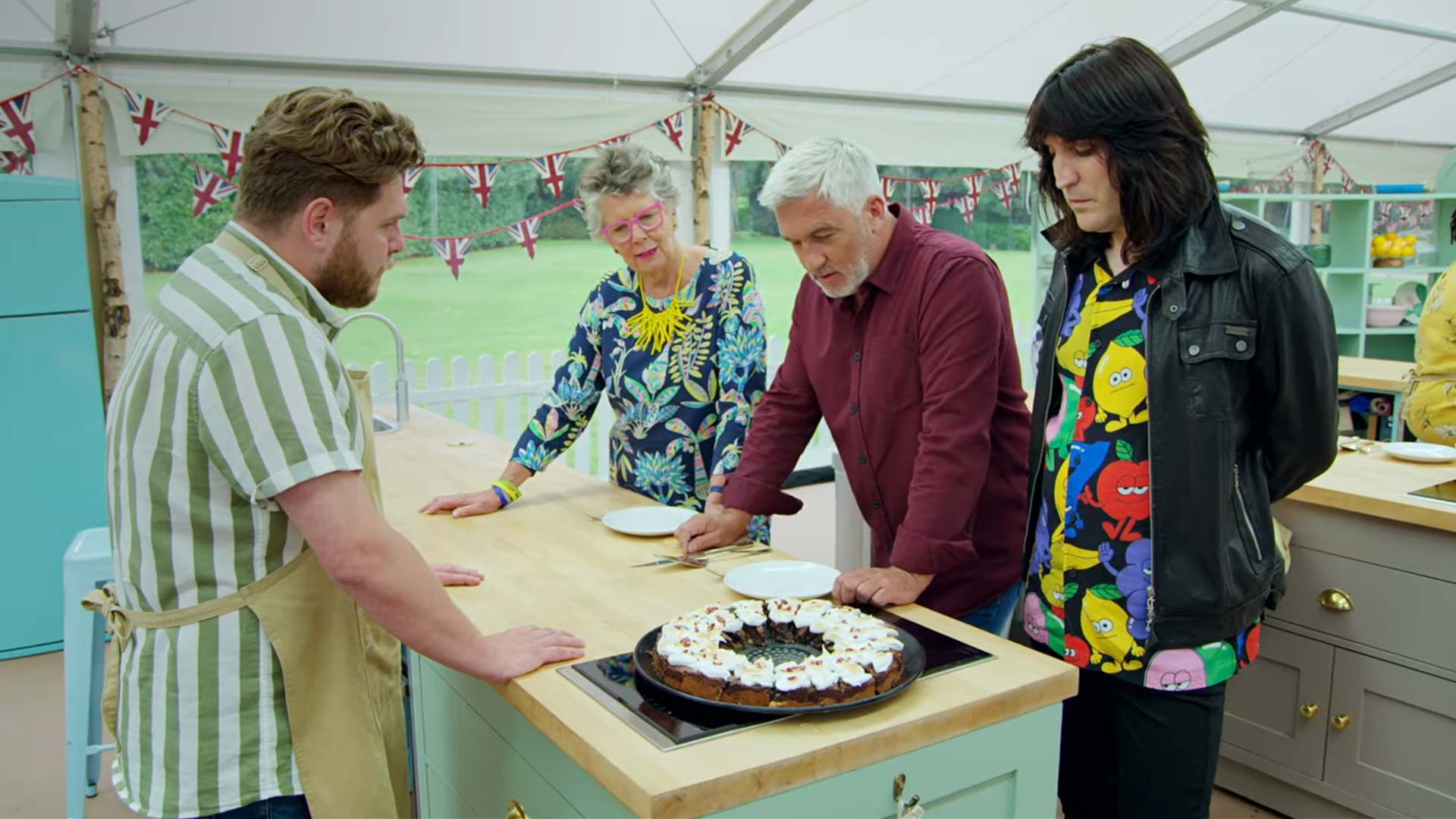
Overall, the judges were not pleased. They had asked for creativity, but not at the expense of the objective. As Paul Hollywood said, this was “about going back to basics. If you can’t produce a decent chocolate brownie, there’s going to be problems.” Even Peter, the contestant who is most skilled in the science of baking, and the baker most capable of balancing creativity with restraint, tried to combine too many ingredients. His ‘Upside Down Brownies’ made with dates, figs, cinnamon, and pistachios, were judged “different and risky, but just okay.”
The feedback sounded familiar
The bakers were so off the mark, that it soured the judges for the next two rounds. Anyone who works in advertising is familiar with this phenomenon. Fortunately, the events during Chocolate Week are an extreme example. Typically, the bakers do better.
Over time, you start to notice the trends that set the best bakers apart. They have ambitious ideas that don’t outpace their abilities. They adapt when things go sideways. They don’t lose sight of the brief. And importantly, they know how to manage their time. After all, what good is a concept if it comes out of the oven half-baked?
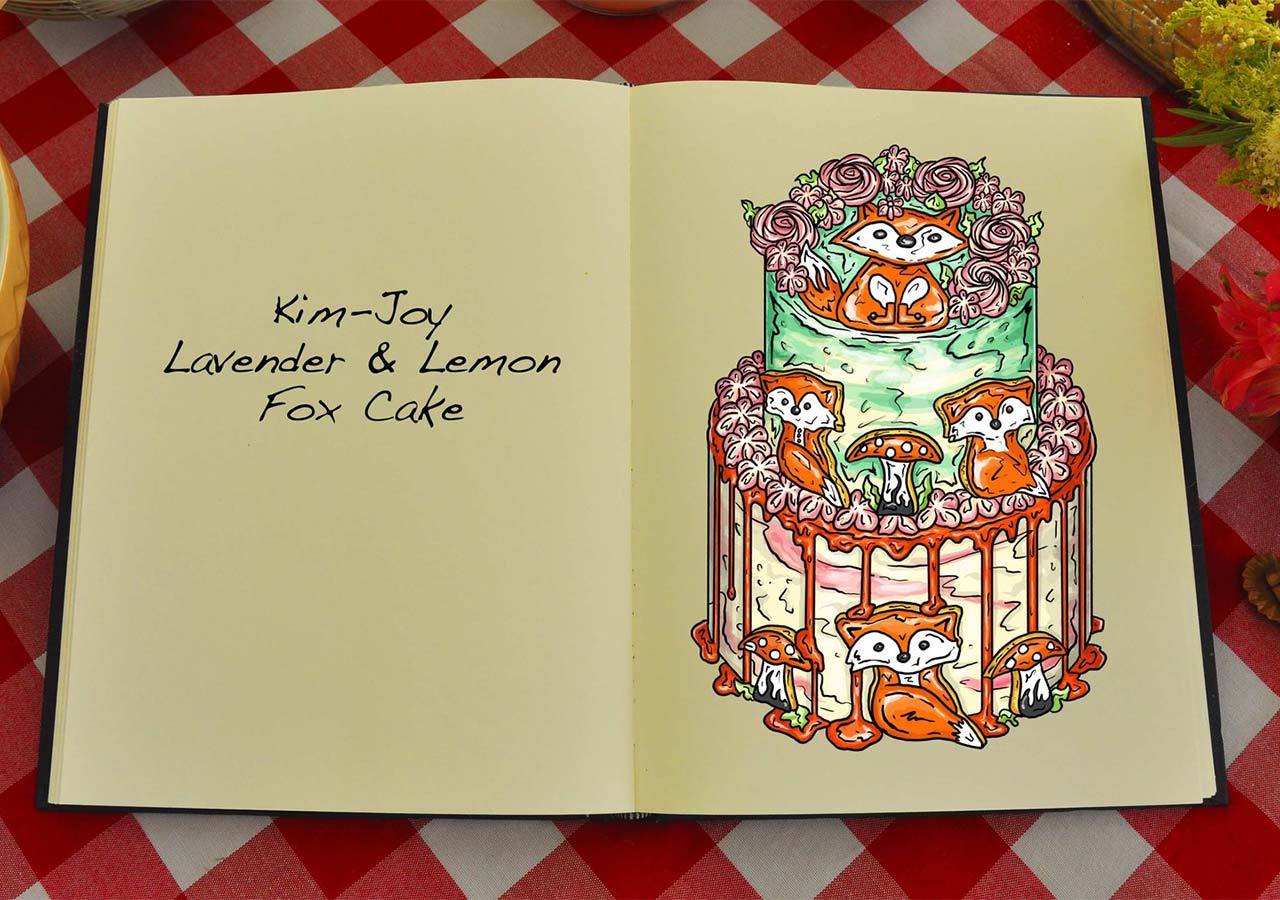
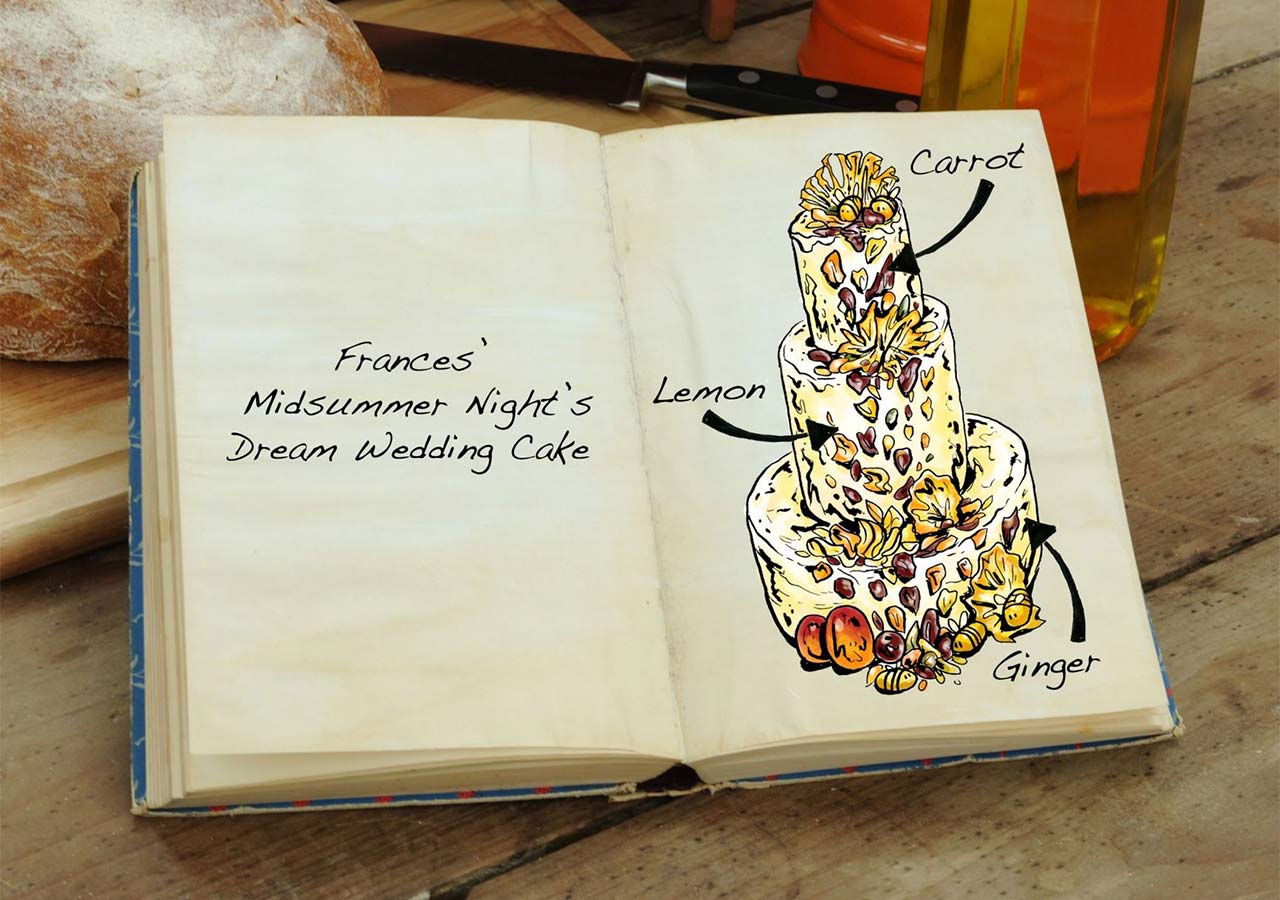
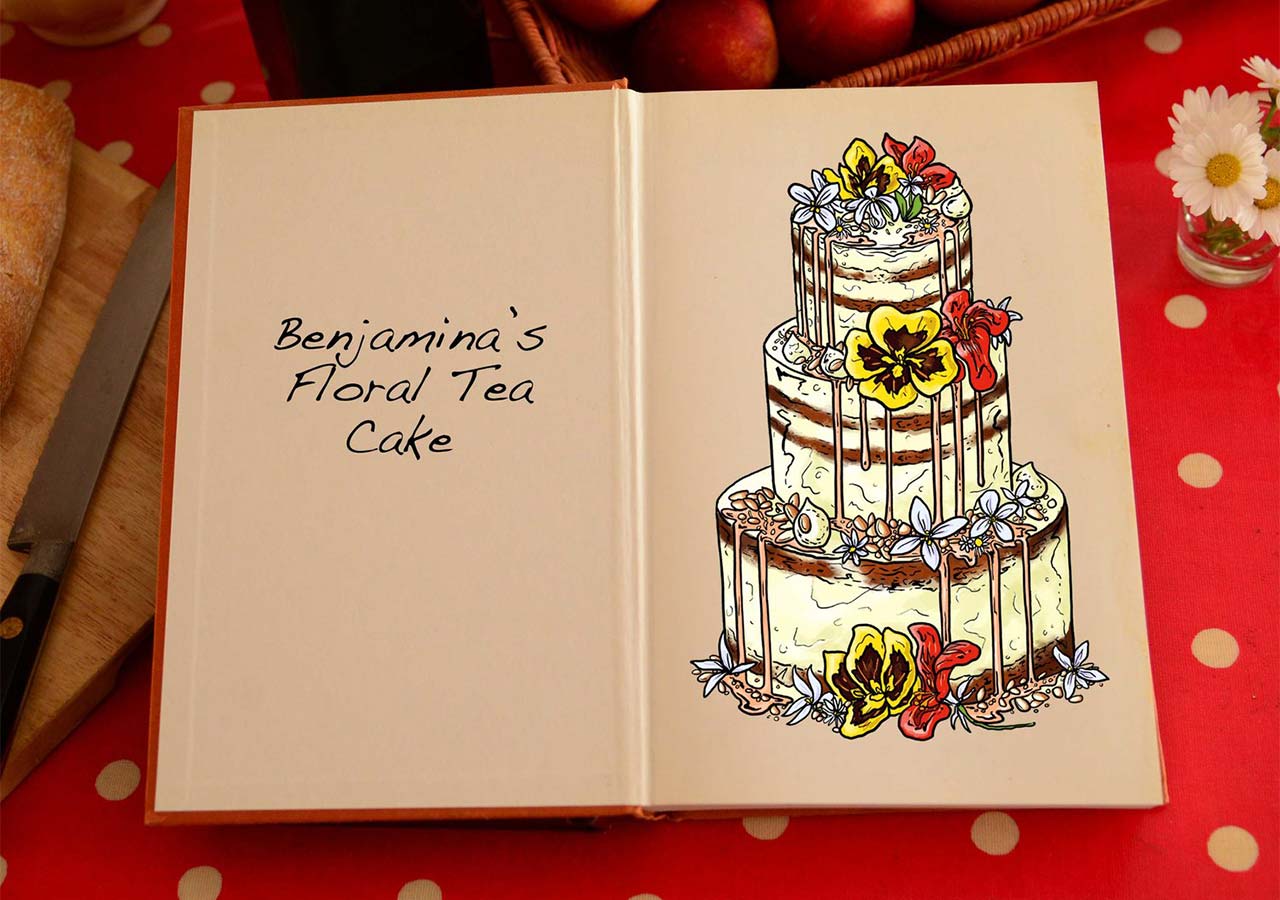
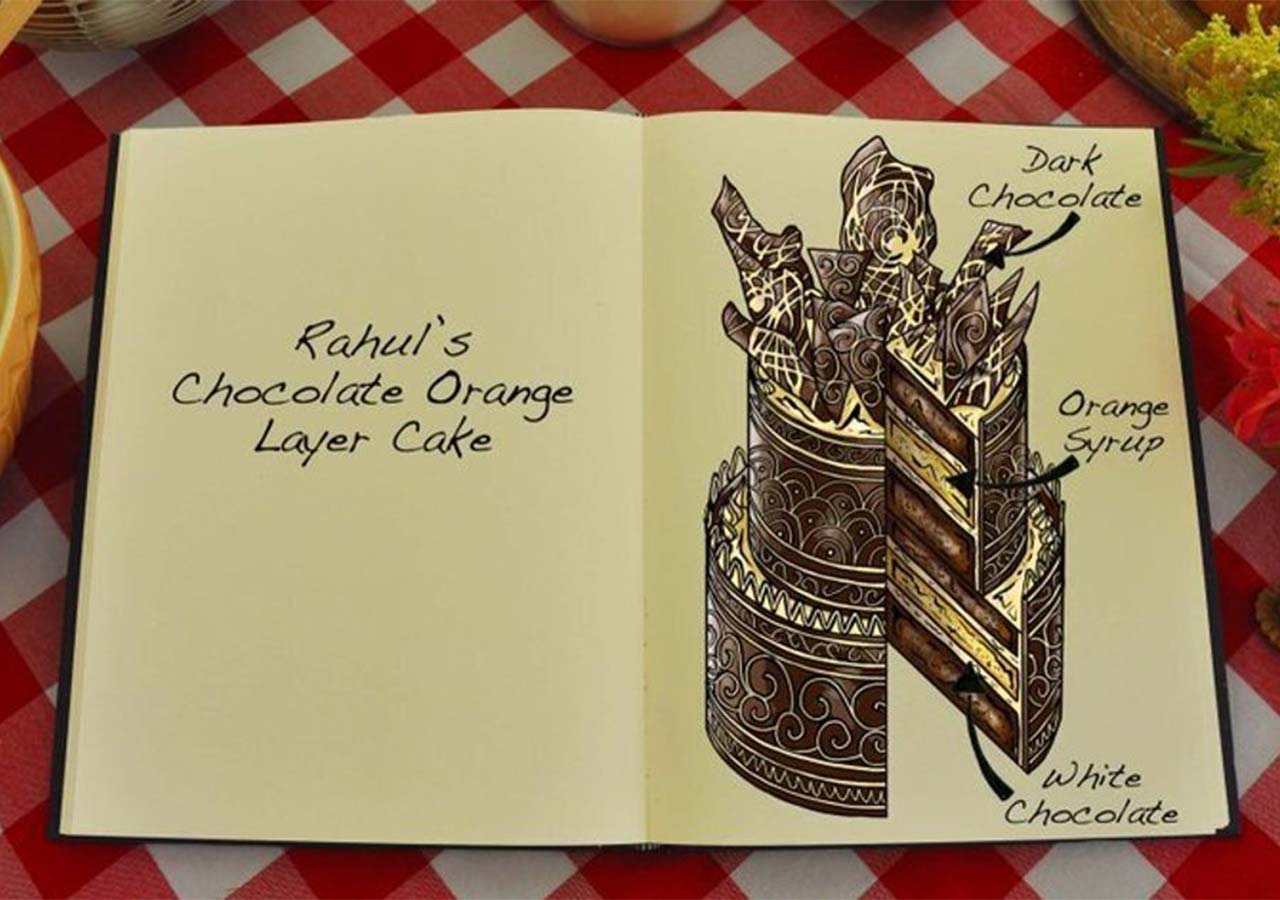
Contestants like Nadiya Hussain, the winner of Season 3, proved repeatedly that a simple idea, cleverly executed, could beat flashier efforts. Her ‘Soda Pop Cheesecake’ is a perfect example. And Paul Jagger’s ‘King of the Jungle’ shows what is possible when a baker embraces the limitations of a brief. Made entirely of bread, it received the first special commendation ever given on the show.
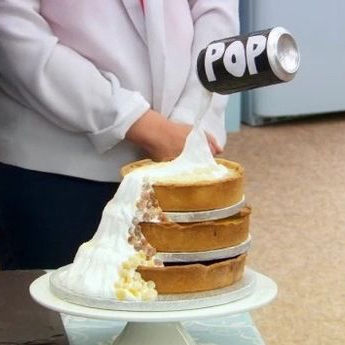
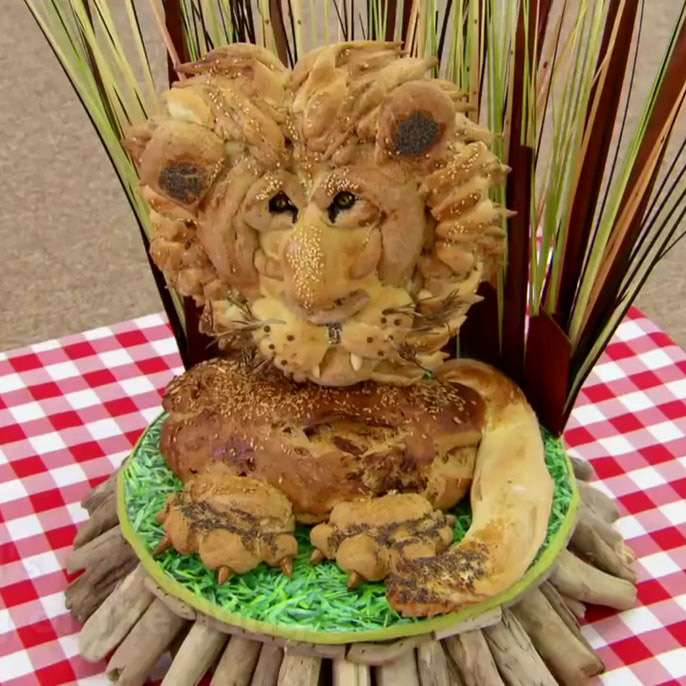
The talent is what makes the series so great
Every week, the bakers face a new set of challenges. The briefs are hard to solve. The judges are tough and informed. And the timelines are down to the wire. The pressure is high and the bakers can never be sure what will come out of the oven. Like advertising, they have to trust their skills and creative instincts. Sometimes they watch as their ideas crumble. But sometimes, they win Star Baker of the week.

